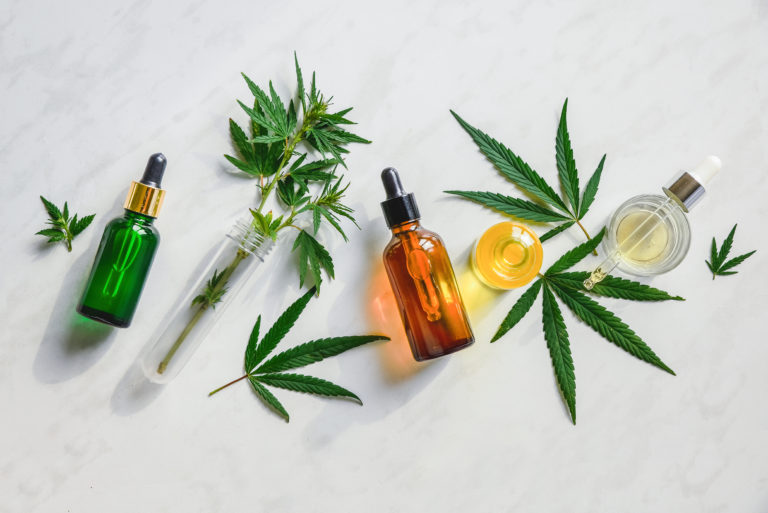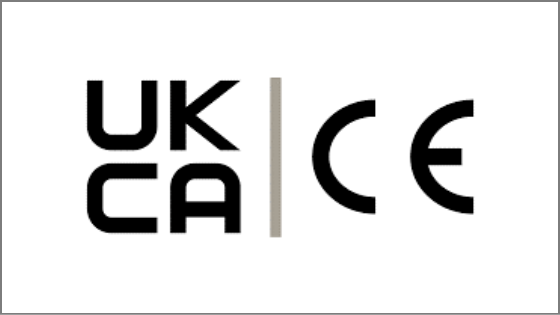
The Scientific Advisory Group on Chemical Safety (SAG-CS) in the United Kingdom is considered the equivalent acting body of the Scientific Committee on Consumer Safety (SCCS) in Europe. The SAG-CS has recently published three (3) final opinions on substances that will have an impact on cosmetic and personal care products.
Final Opinion on Formaldehyde Releasing Substances
The SAG-CS Final Opinion in general now offers the formal conclusion which is in line with the recent EU SCCS adopted advice formally published on May 7, 2021 regarding formaldehyde releasing substances. As is similarly stated in the SCCS advice, the SAG-CS members have concluded the previous threshold of 0.05% for labeling of formaldehyde releasing preservatives was insufficient to protect its consumers from contact dermatitis in persons with a formaldehyde allergy. Final Conclusion:
Members were satisfied that there was sufficient evidence to form an opinion at this stage.
Members concluded that the current threshold of 0.05% for labeling formaldehyde releasing preservatives was insufficient to protect consumers.
Members agreed that a threshold for labeling formaldehyde releasing preservatives of 10 ppm (0.001%) would be adequate to protect consumers if used for leave-on products. Members agreed that such a level would likely be sufficiently protective for use in rinse-off products also.
For additional information about the Scientific Advisory’s Group’s opinion on Formaldehyde Releasing Substances, click to read the official publication.
Final Opinion on Methyl-N-methylanthranilate in Cosmetic Products
The SAG-CS Final Opinion in general now offers the formal conclusion which is in line with the recent EU SCCS opinion formally published on June 1, 2021 regarding Methyl-N-methylanthranilate in Cosmetic Products. However, the EU SCCS opinion contains much stronger language in advising against the use of Methyl-N-methylanthranilate in sunscreen products and products marketed for exposure to natural/artificial UV light. Whereas the SAG-CS Final Opinion notes members agreed that methyl-N-methylanthranilate presented a potential risk from phototoxic effects if used in sunscreen products and products marketed for exposure to natural/artificial UV light. Final Conclusion:
Members were satisfied that there was sufficient evidence to form an opinion at this stage.
Members agreed that methyl-N-methylanthranilate presented a potential risk from phototoxic effects if used in sunscreen products and products marketed for exposure to natural/artificial UV light.
The members have only been able to evaluate limited genotoxicity data for methyl-Nmethylanthranilate. Considering the limited available data and evidence of low dermal absorption, methyl-N-methylanthranilate does not appear to present a cause for concern.
Members considered methyl-N-methylanthranilate to be safe for use up to 0.1% for leave-on and 0.2% for rinse-off cosmetic products.
For additional information about the Scientific Advisory’s Group’s opinion on Methyl-N-methylanthranilate, click to read the official publication.
Final Opinion on HAA299 and HAA299 (nano) as UV Filters in Cosmetic Products
The SAG-CS Final Opinion in general now offers the formal conclusion which is in line with the recent EU SCCS opinion formally published on November 25, 2021 regarding HAA299 and HAA299 (nano) as UV Filters in Cosmetic Products. The language within both opinions does vary, particularly as it relates to potential for inflammatory effects on the lungs. The EU SCCS opinion does not recommend the use of HAA299 (nano) in applications that could lead to lung exposure through inhalation. However, the SAG-CS Final Opinion makes clear HAA299 (nano & non nano) should not be used in sprays and/or aerosols, although it does not include cosmetic products in powder forms. Final Conclusion:
Members were satisfied that there was sufficient evidence to form an opinion at this stage.
Overall, the group concluded that the use of HAA299 and HAA299 (nano) can be considered safe up to a level of 10%, excluding use in spray and/or aerosol products.
The group concluded that there are no safe usage levels for either HAA299 and HAA299 (nano) in spray or aerosolised products owing to potential effects on the lungs.
The group clarified that the concentration of HAA299 in either form (non-nano and nano), when used either individually or when used in combination, must not exceed a total concentration of 10%.
The group highlighted a lack of information and validation regarding the method available to determine the composition of products containing HAA299 and HAA299 (nano).
The group wished to document that their assessment of HAA299 (nano) pertains only to particles with a median particle size of >50 nm according to number evaluation or >100 nm according to volume evaluation.
For additional information about the Scientific Advisory’s Group’s opinion on HAA299 and HAA299 (nano) as UV filters, click to read the official publication.






